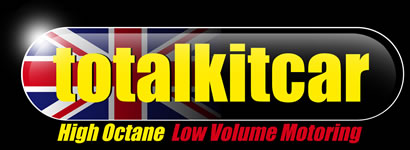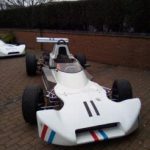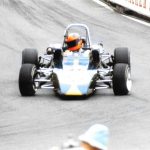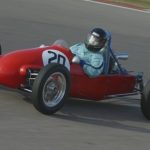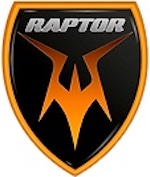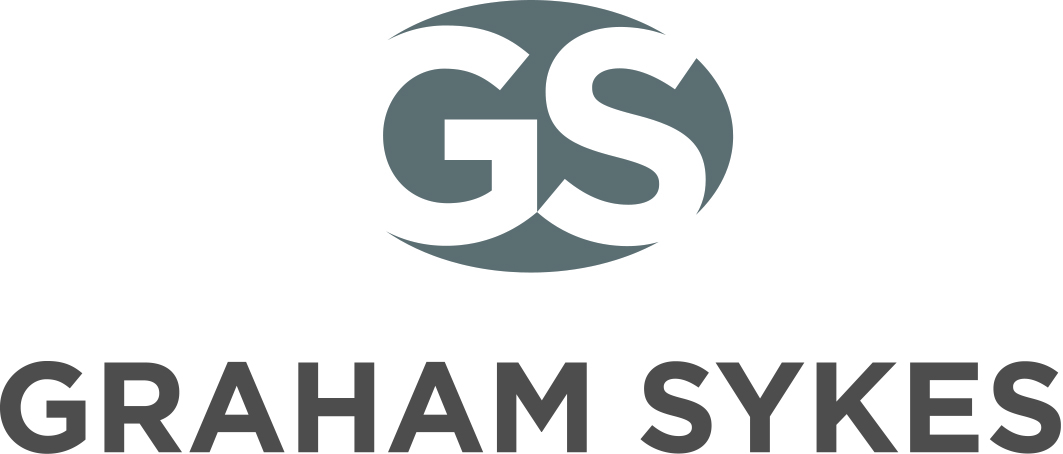KING OF THE ‘DASTLE’ – GEOFFREY RUMBLE AND HIS DASTLE RACING CARS AND TRAILERS
Words by STEVE HOLE
Geoffrey Dastle was a very clever engineer. He was actually trained as a heating and air conditioning engineer based around the Leatherhead area of Surrey.
He also enjoyed motorsport in general. He built his first racing car, a ‘special’ in 1959 for 500cc F3 and did a few races in it himself.
He built another car called the Mk2 under the ‘DASTLE’ name which came from ‘Geoffrey DAvid STanley RumbLE’ (obviously!) and had become interested in the then very popular GP Midget racing that was sweeping the UK at the time.
The cars looked like scaled-down F1 cars and often raced on short oval Spedeworth-administered tracks such as Walthamstow. The Mk2 was built as a Midget racer although it was a revision of his Mk1.
Then Geoffrey was called up for his National Service, which kept him away for eighteen months. When he returned to civilian life (although remaining on the army reserve list), he built the Dastle Mk3 another GP Midget.
Rumble then got a job at Graham Warner’s Chequered Flag Garage in Chiswick. Warner also ran the Gemini race team. Rumble worked as designer Les Redman’s assistant on the Gemini F3 cars. Rumble also designed and built the chassis for the Sparton FF cars.
He was back in GP Midgets again in 1969 with the launch of what Geoffrey referred to as a totally different car, Mk5 aka ‘wedge’.
The Dastle Mk6 was intended as a prototype for FF1600 but was never built with Mk7 and Mk8s both for GP Midget racing.
1972 saw the advert for the Dastle Mk8 and then the company was regarded as the works team (pre-F1 days) of the newly formed Hesketh Racing Team.
Lord Alexander Hesketh aged 22 had just received his sizable inheritance and was persuaded to form a racing team by his good friend Anthony ‘Bubbles’ Horsley who was also the team’s number 2 driver, bringing in future F1 champion James Hunt as lead driver. Hunt had recently been sacked by Robin Herd of March who had nicknamed him ‘Hunt the shunt’.
Meanwhile, Horsley had previously driven a Dastle Mk3 and got on well with Geoffrey. He suggested to Lord Hesketh that they should buy a pair of Dastle Mk9s.
Hunt showed flashes of brilliance in the 1972 season although he and Horsley both proved the inherent strength (if not performance) of the Dastle by both crashing heavily at Brands Hatch in separate weekends.
Horsley’s job at the time was buying and selling Rolls-Royces and Bentleys and he often used to waft into the racing paddock (often with four drivers in the back) in a 1931 Rolls-Royce Phantom II (a car that had starred in the film – ‘The Yellow Rolls-Royce’.
The Dastle Mk10 of 1973 was a revised Mk9 but not much quicker and as Hesketh had already moved on to F1, it was Barrie Maskell who usually campaigned the works F3 car.
Rumble produced a new prototype called the Mk11, another F3 car, in 1973 but this disappeared and was never proceeded with. It did reappear in 1974, however, renumbered as the Mk16. Three were sold.
He also produced FF1600 models, the Mk14 and 15 and an FF2000 contender, the Mk12. Both could be had with tuned Holbay engines.
The last two Dastle models were both Midget racers and appeared around 1977. The cars always showed innovation but seemed hampered by a lack of funding. An age-old story in motorsport.
At this time Geoffrey’s workshop was in Leatherhead next door to Calbrook Cars. A new chapter arrived for Dastle in the form of trailer manufacture. This happened because Geoffrey couldn’t find a suitable covered trailer that he liked so he built his own.
These become known as the Dastle Racebox and over the years several variants were produced with standard or lightweight bodywork, single or twin-axles. Rumble’s trailers were very highly rated and soon in demand.
Geoffrey was joined by his son James, formerly of the Tyrrell F1 team and the pair continued to produce Dastle trailers right through the noughties.
| Print article | This entry was posted by admin on January 10, 2023 at 6:17 pm, and is filed under Uncategorized. Follow any responses to this post through RSS 2.0. Both comments and pings are currently closed. |
Comments are closed.
